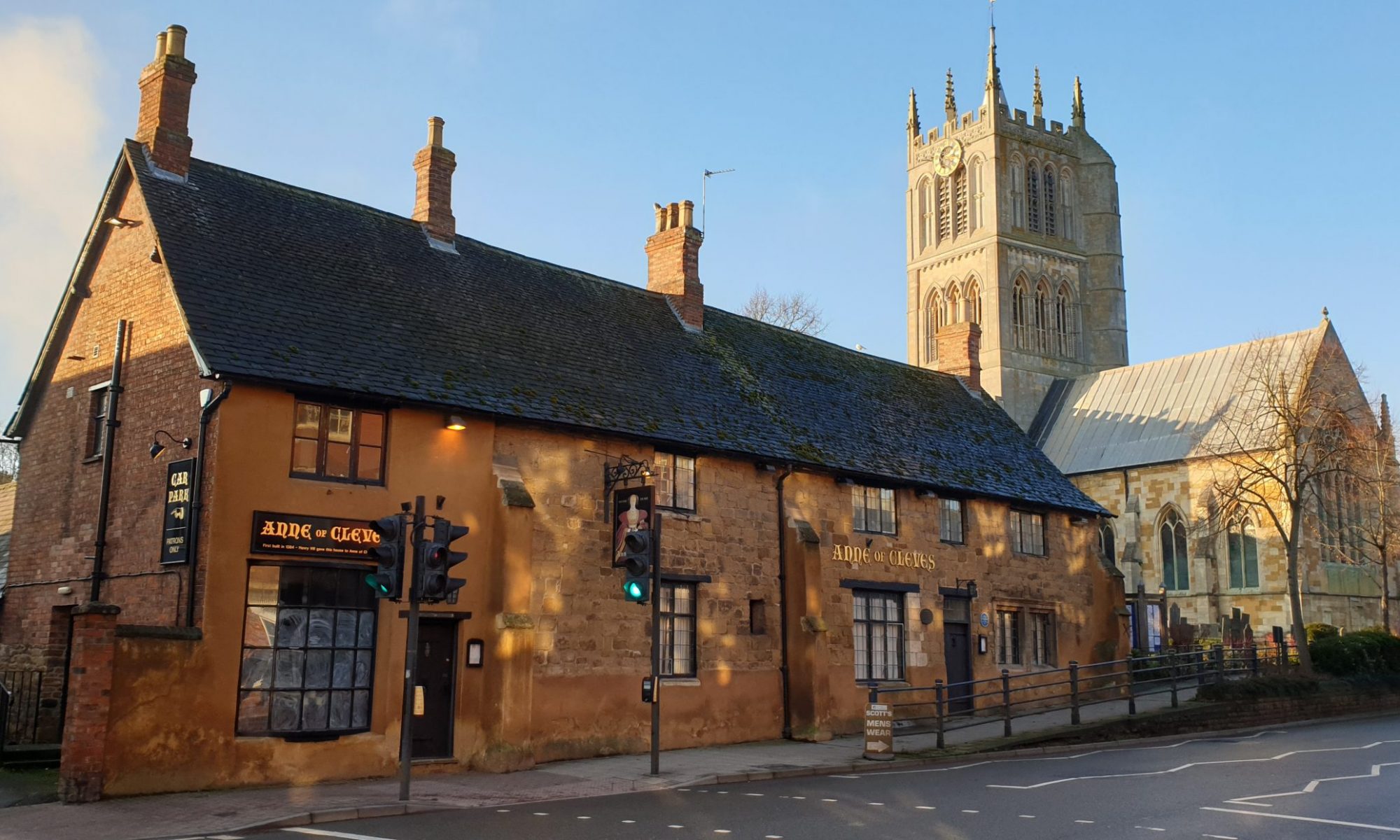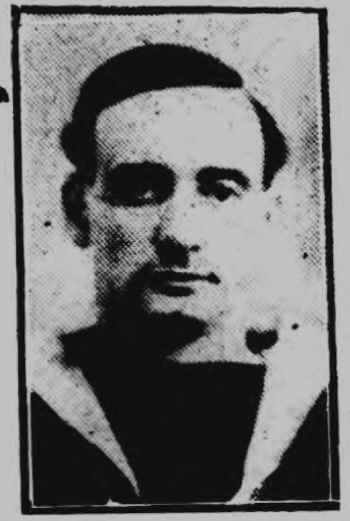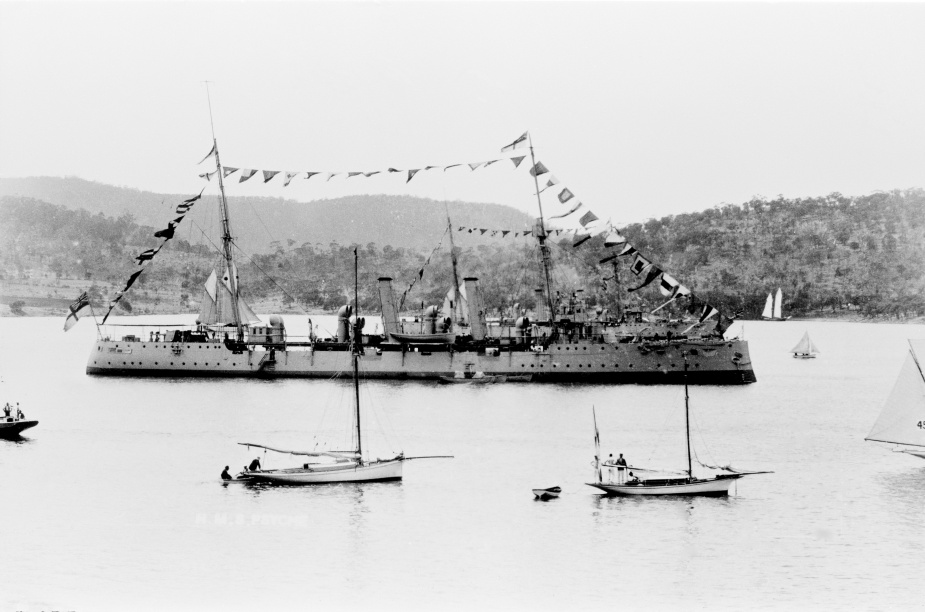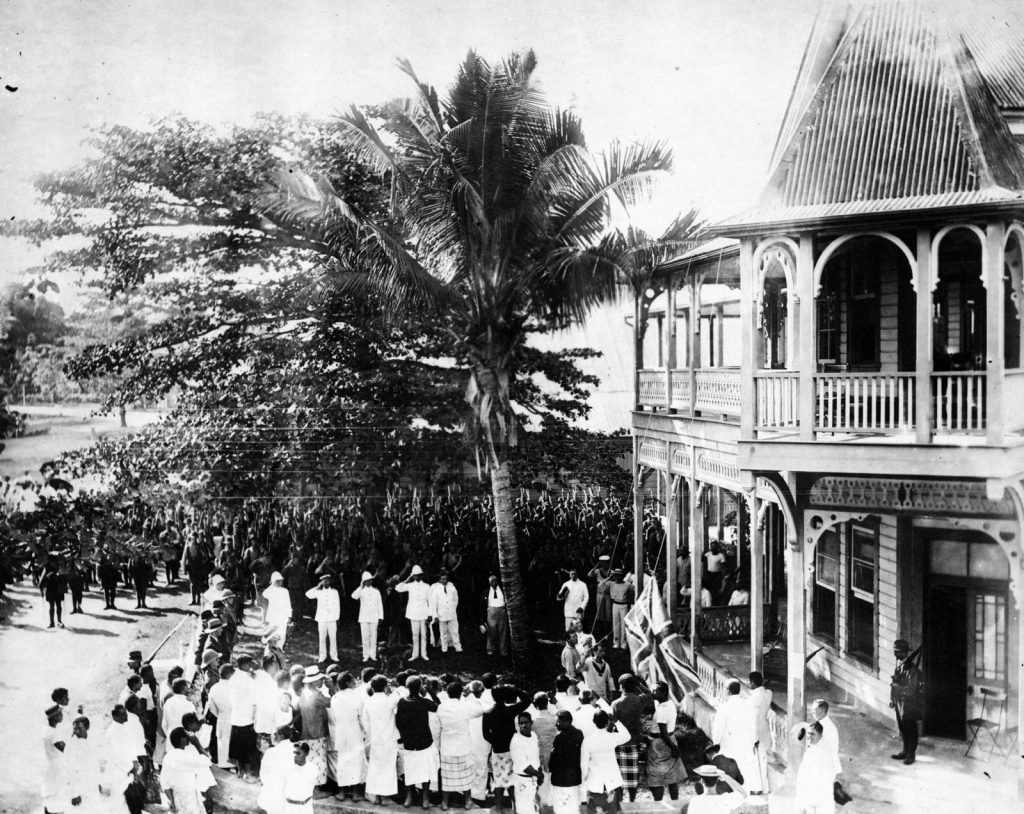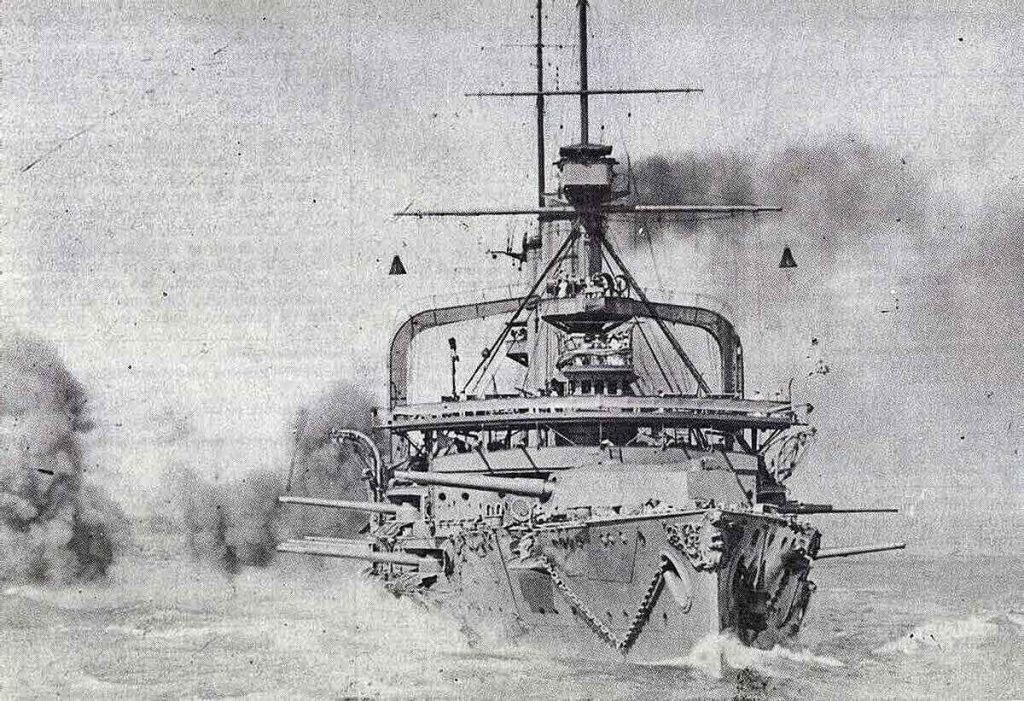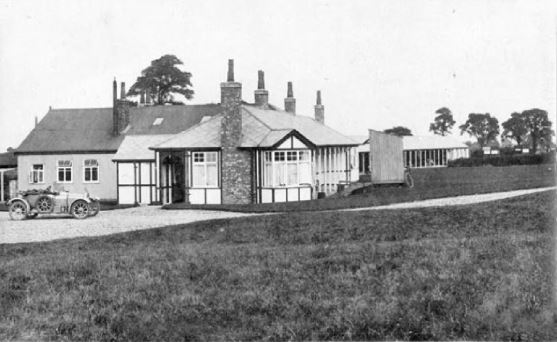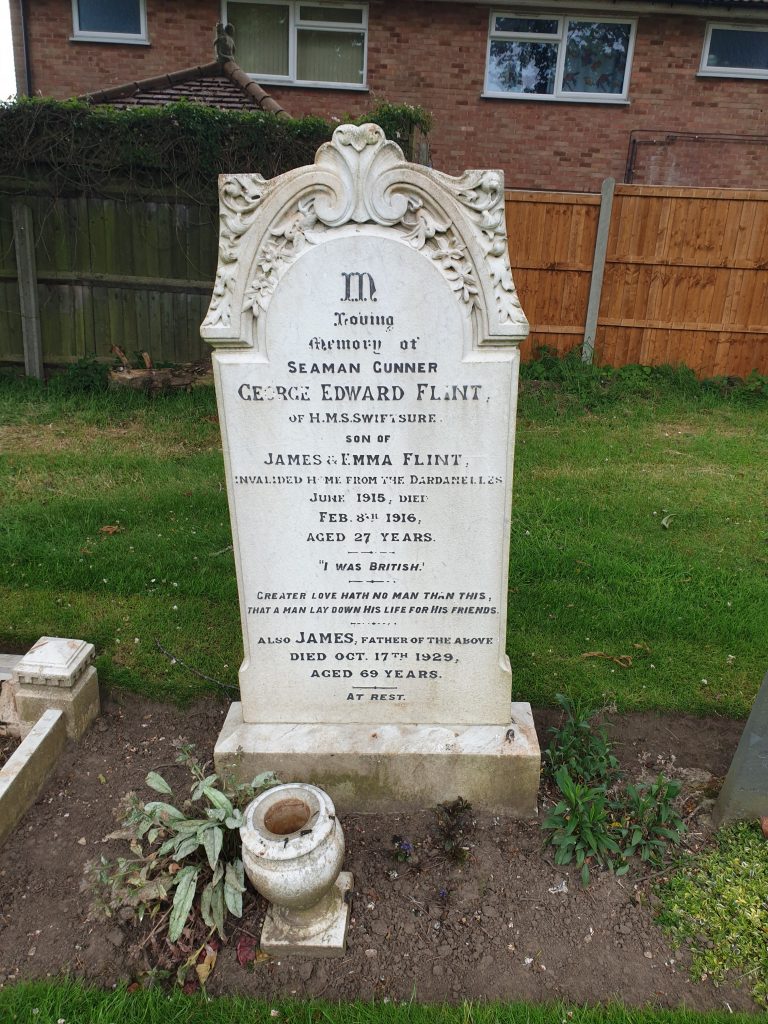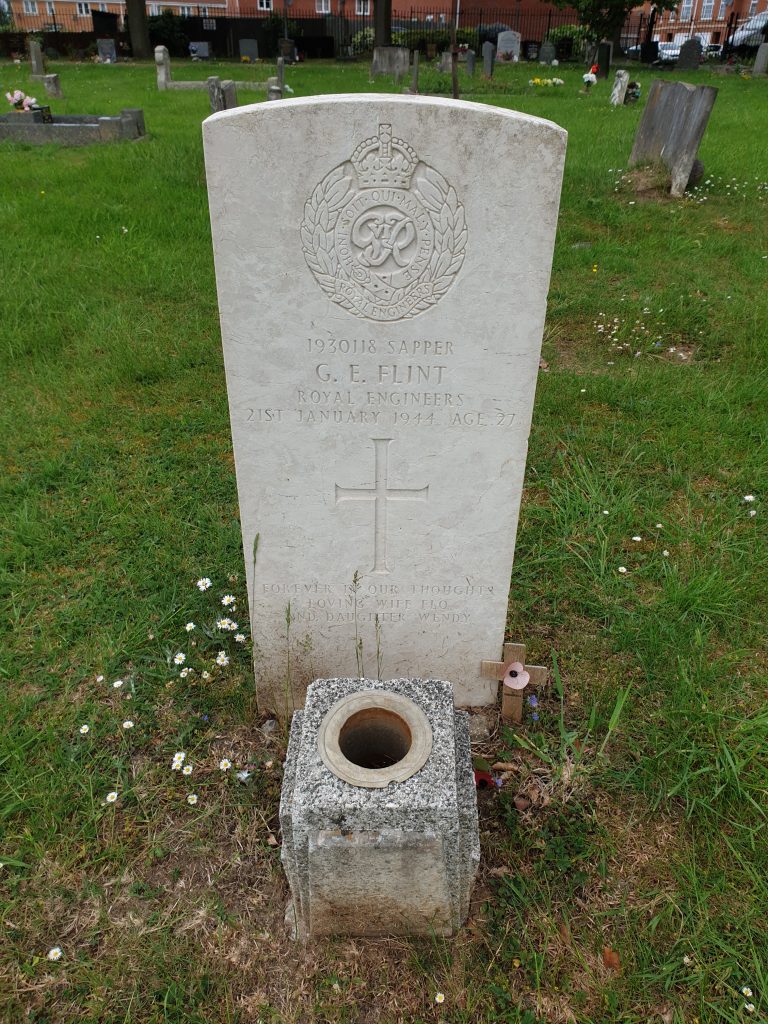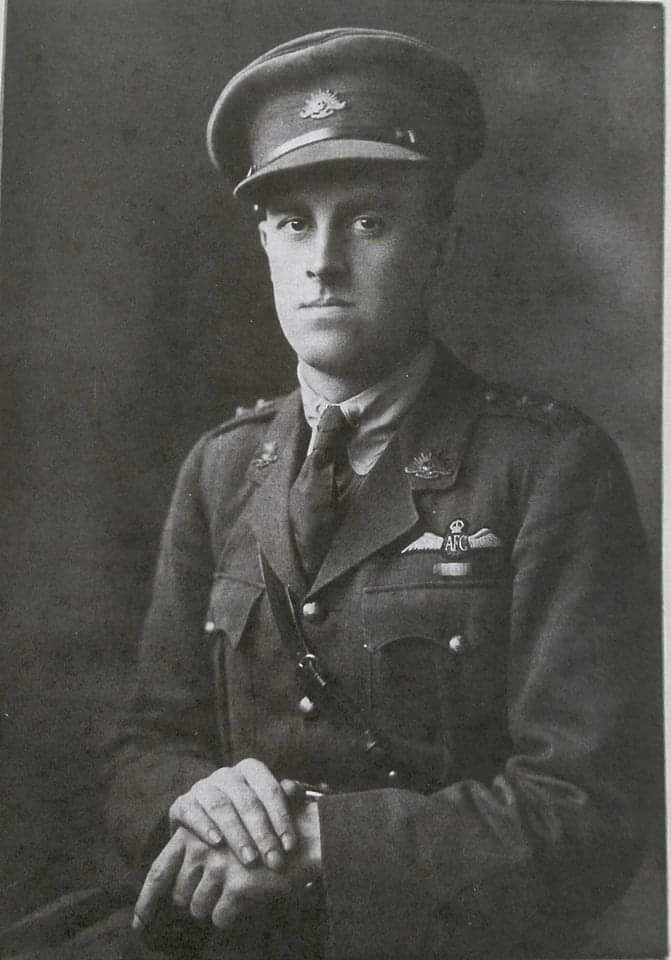
In this first blog about my Gt Uncle, George Hamer Badger (the brother of my Nanna, my Dads mum), I take a look at how a Lancashire lad ended up fighting at Gallipoli with the Australian Imperial Force ANZACs.
He was born on the 20th April 1897 and he was the second child from a total of 11 for Richard and Ellen Badger.
The family lived at Worston, a peaceful little village nestled at the foot of Pendle Hill in Lancashire with one street, a welcoming hostelry, run by the Badger family. Unspoilt, this was one of the locations used in ‘Whistle Down the Wind’ and today it is still a quiet one-street village.
Ellen Hamer who was originally from Stokesay in Shropshire, was working as a Nurse at the Lancaster Lunatic Asylum when she met Richard. They were married at Christ Church, Lancaster on 30 Oct 1895.
The Badger family were still at the Calf’s Head when the 1901 Census was carried out. However, at some time during 1901/1902 the family moved from the Calf’s Head in Worston to take over the Saddle Inn at Lea near Preston where they remained throughout World War 1.
It would appear that the advertising campaign by the Australians proved to tempting for the Badgers and in 1912, George and his father Richard emigrated to Australia with the rest of the family planning to follow later on. The motivation was, as is so often the case with emigrants, simply the hope to find a better life for their children somewhere other than in their home country.
As part of the “Grand Plan” of moving the Badger family to Australia, Richard packed all his woodworking and carpentry tools along with many others and a vast selection of guns.
According to the PRO archives in Victoria, the immigration index lists Richard’s age as 51 and George’s age as 26. I don’t know whether this is a transcript error with the application or whether the age annotated on the application form was incorrect. George was born in 1897, so in 1912 when he emigrated, he would only be 15 and not 26 as listed in the index.
The index also shows that Richard and George achieved unassisted immigration to Melbourne, Victoria, Australia and they sailed from Liverpool travelling on the SS IRISHMAN ship operated by the White Star Line.
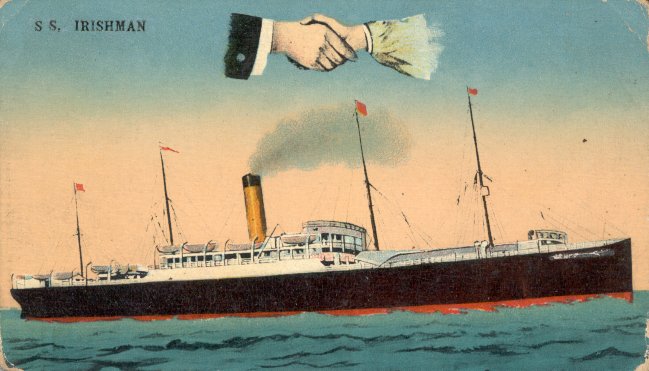
They set sail from Liverpool on March 15th 1912 and were due to arrive at Melbourne on May 14th 1912. On Wednesday 17th April, they heard by “Wireless” that the “Titanic” had gone down on her maiden trip, with 1500 lost.
In early May, there was an outbreak of measles on the ship and on 4th May, George had to go into the isolation hospital aboard the ship. On the 5th May, land was in sight and about 70 miles offshore, the ship took a pilot onboard. The ship got into Melbourne early on the 6th but was not allowed to dock and unload and the passengers were put into quarantine. They eventually disembarked on the 14th/15th May.
Richard and George had made an impression with the number of guns and tools they had brought with them. They initially stayed with William Angliss’s family in Toorak, then they went to the wool growing Geelong/Western District Area. Shortly after his arrival in Australia, George became a Jackaroo.
A Jackaroo is a young man working on a sheep or cattle station, to gain practical experience in the skills needed to become an owner, overseer, manager, etc. The skills required to be were to be an excellent horseman, skilled as a stockman with sheep, whip and droving, and learned about sheep and wool.
George became interested in becoming a wool classer responsible for the production of uniform, predictable, low-risk lines of wool, carried out by examining the characteristics of the wool in its raw state and classing it accordingly. After a year as a Jackaroo, George became an apprentice Wool Classer in 1914 and was working with a shearing gang contracted to a sheep station near Ivanhoe in Western New South Wales.
Following the outbreak of World War 1, recruiting committees were formed in nearly every town throughout Australia during 1915. At the outbreak of the War, there had been a great outpouring of Australian support for the ‘mother country’ England, and the Australian Imperial Force (AIF) was formed from men who volunteered.
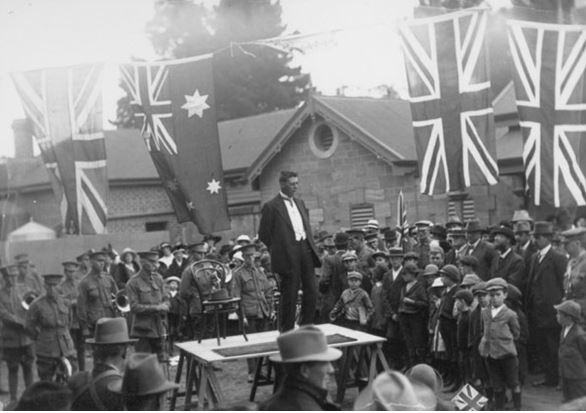
The requirements in August 1914 to join the AIF were that the volunteer had to be aged between 18–35 years, height of 5ft 6in and chest measurement of 34 inches. During the first year of the war approximately 33 percent of all volunteers were rejected.
On his attestation papers, George’s height was recorded as 5ft 7 in, his weight 140 lbs, chest measurement 34 1/2 – 37 inches, fair complexion, brown eyes and brown hair.
So far so good, George met the majority of the recruitment restrictions except probably the most important one – the minimum age! To join the AIF you had to be at least 18 years of age but George was only 17 years and 10 months! To get around this, George lied about his age and recorded it as 21.

George Hamer Badger ‘signed on the dotted line’ on 9th March 1915 and was enlisted into the Australian Imperial Force (AIF) and assigned to Broadmeadows Camp. Whilst at Broadmeadows, George celebrated his 18th birthday and following his initial training,
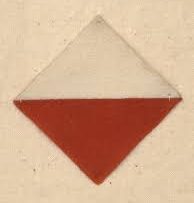
George was assigned to ‘A Company’ 24th Battalion “Red and White Diamonds” of the Australian Imperial Force at Broadmeadows, Victoria with the rank of Private and the Service No of 154.
The 24th was part of the 6th Infantry Brigade, 2nd Division along with the 21st, 22nd and 23rd Battalions.
As a result of the hasty decision to raise the battalion very little training was carried out before the battalion sailed from Melbourne. A week after being formed, the 24th Battalion, including George and his shearer mates, departed Melbourne on 8th May 1915 aboard HMAT Euripides (A14) destined for Alexandria in Egypt where the Australians had several training camps.

When they arrived at Cairo, the Australians were told they were to go to a big camp at Mena, ten miles south of Cairo, close to the wonderful Pyramids and the Sphinx. Mena was an enormous camp built to hold around 20,000 troops and had been made ready for them just a mile from the Pyramids.
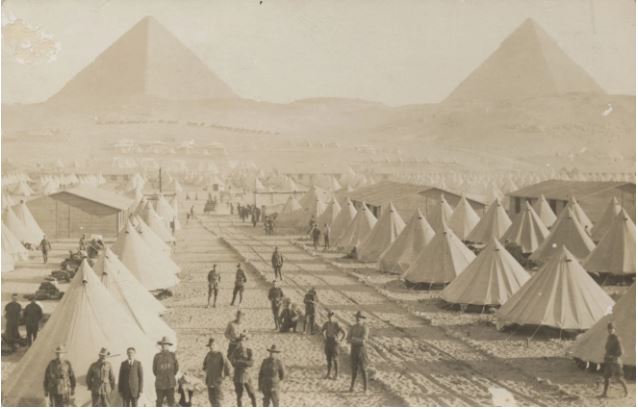
Following their training in Egypt, the 24th Battalion were assigned to the British Expeditionary Force (BEF) and 28th August 1915 they received orders from 6th Bde to entrain at Helwich on the night of 29-30 Aug to proceed to Alexandria and embark on transport “Nile”. At 9.45pm on the 29th, George and his colleagues from A Coy, along with B Coy,Signallers and Machine Gunners entrained for Alexandria and at 5:30am on the 30th, were embarked aboard transport ship HMT Nile.
The “Nile” set sail at 4:30pm on 30th August, with 32 Officers and 233 Other details from the 24th Battalion. Local Routine Orders were issued to the troops along with Special Instructions to protect vessel against submarine attack.
The “Nile”, carrying George and his shearer pals along with the 24th Battalion and well ahead, had spotted the sub and managed to outrun it. The “Scotian” with the 22nd Battalion on board also managed to dodge it, but the first the “Southland” knew of her predicament was the approaching torpedo.
“My God – a torpedo!” was the shout from a sentry. “We watched the line of death getting nearer until it crashed, and the whole ship reeled. Then the order was given, ‘The ship is sinking – abandon ship.’” A subaltern on board the Southland went on to say, “Without a cry or sign of fear, or more hurrying than on a brisk march, and singing ‘Australia Will Be There,’ the order was carried out.”
The “Nile” received a further signal confirming that help had been sent and that “Southland” was making port under easy steam.
Colonel Richard Linton, OC 6th Brigade, was in one of the first boats lowered. Unfortunately it was soon overturned, and being a strong swimmer, Linton decided to remain in the water, allowing others to take his place in the boats. However, many hours later when he was finally taken on board the French destroyer Massuo, the shock and exposure had proved too much and his heart gave out. Surviving him was his son Richard who was rescued by the Neuralia.
Colonel Linton was buried at East Mudros at 7am on the 3rd September. Following his death, OC 24th Bn AIF, Lt Col William Walker Russell Watson, took over command of 6th Brigade. His first job as OC 6th Bde, was to concentrate all of “Southland’s” surviving troops aboard transport “Transylvania”. In all, 1324 all ranks was collected from 8 different vessels in port.
Whilst at Lemnos, George and his mates from the 24th Bn, had developed an admiration for the poetry of Rupert Brooke. One of Brooke’s famous poems was “The Soldier”.
If I should die, think only this of me:
That there’s some corner of a foreign field
That is for ever England. There shall be
In that rich earth a richer dust concealed;
A dust whom England bore, shaped, made aware,
Gave, once, her flowers to love, her ways to roam,
A body of England’s, breathing English air,
Washed by the rivers, blest by suns of home.
And think, this heart, all evil shed away,
A pulse in the eternal mind, no less
Gives somewhere back the thoughts by England given;
Her sights and sounds; dreams happy as her day;
And laughter, learnt of friends; and gentleness,
In hearts at peace, under an English heaven.
Brooke was a Sub-Lieutenant serving with the Royal Naval Volunteer Reserve when he died a few months previously after developing sepsis after an infected mosquito bite. He is buried on the island of Skyros.
At 9:30pm on the 3rd September, Lt Col William Walker Russell Watson received orders to transfer troops from the “Nile” and “Scotania” to “HMT Abbasieh” for transfer to ANZAC Cove on the 4th.

George Badger and his mates from the 24th Battalion served in the Lone Pine sector, taking over responsibility for the front line the on 12th September. The position was very close to the Turkish trenches and was hotly contested. The position was so tenuous, that the troops holding it had to be rotated regularly, and as a result the 24th spent the remainder of the campaign rotating with the 23rd Battalion to hold the position against determined Turkish mining operations.
All through September, the 24th were either in Lone Pine experiencing constant sniping and bombing throughout day and night or resting in White Valley after being relieved by the 23rd Bn. The battalion remained at Gallipoli for three months until the evacuation of Allied troops took place in December 1915.
The 24th Bn were mainly involved in the fighting at Lone Pine. All the ground that was won by the Australians during the main battle at Lone Pine during August was actually reached within a couple of hours of the start of the attack. However, the fighting at Lone Pine continued for several weeks as the Turks counterattacked incessantly and at great cost. The 2nd and 3rd Infantry Brigades were poured in to reinforce the Australian gains.
Family folklore has it that George was offered a King’s Commission and a promotion to 2nd Lieutenant or a MID Mentioned In Dispatches. As George had previously agreed with the AIF to have most of his pay sent back to his Mother, Ellen, back in England, he refused the MID and accepted the Commission as it would mean he could send her more money. There is nothing documented in his service records to show this filed promotion, but the War Diaries for the 24th Bn records on the 14th October that “6 Officers have been promoted from the ranks”.
Another family rumour is that towards the end of the campaign, George served under the Command of Captain Stan Savige. Savige enlisted alongside George back Melbourne on 9th March 1915. His service number was VX13 and George’s was VX154.
Savige was passed over for a commission due to his lack of education, but was promoted to corporal on 30 April and lance sergeant on 8 May. The 24th Infantry Battalion landed at Gallipoli on 5 September 1915 and took over part of the line at Lone Pine. Savige became company sergeant major on 20 September. There, he was commissioned as a second lieutenant on 9 November 1915. Savige was one of three officers chosen to serve with the battalion rearguard unit C3 along with Lt McIlroy and lt Brinsmead who was appointed OC C3, of which George was part of. Rear party C3 consisting of 1 Officer and 6 Other Ranks from the 21st Bn, 2 Officers and 18 Other Ranks from the 22nd and 3 Officers and 34 Other Ranks (including George and Savige) from the 24th left Lone Pine at 2.40am and embarked at the pier at 3.30am.
To reduce noise whilst walking down to the beach, George and his colleagues placed woolen socks over their boots in order to reduce the noise.
The rear parties embarked on “Heroic” and landed back at Mudros shortly after day break.
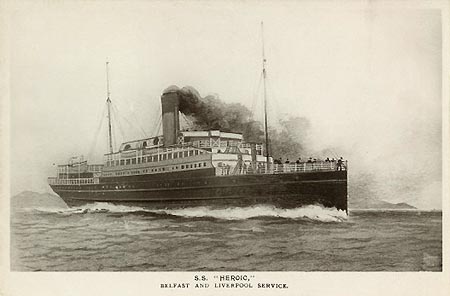

Whilst at Gallipoli, George became acquainted with Phillip Schuler, a newspaper correspondent for the AGE newspaper based in Melbourne. Schuler, covered the Gallipoli campaign alongside Charles Bean. His bravery was legendary. His dispatches were evocative and compassionate. He captured the heroism and horror for Australian newspaper readers in ways the meticulous yet dry prose of Bean never could.
After Schuler’s classic account of the campaign, Australia in Arms, was completed in early 1916, Schuler abandoned the relative safety of a correspondent’s job and joined the Australian Imperial Force (AIF) as a humble soldier. In June 1917, he was killed in Flanders. He was 27 years old.
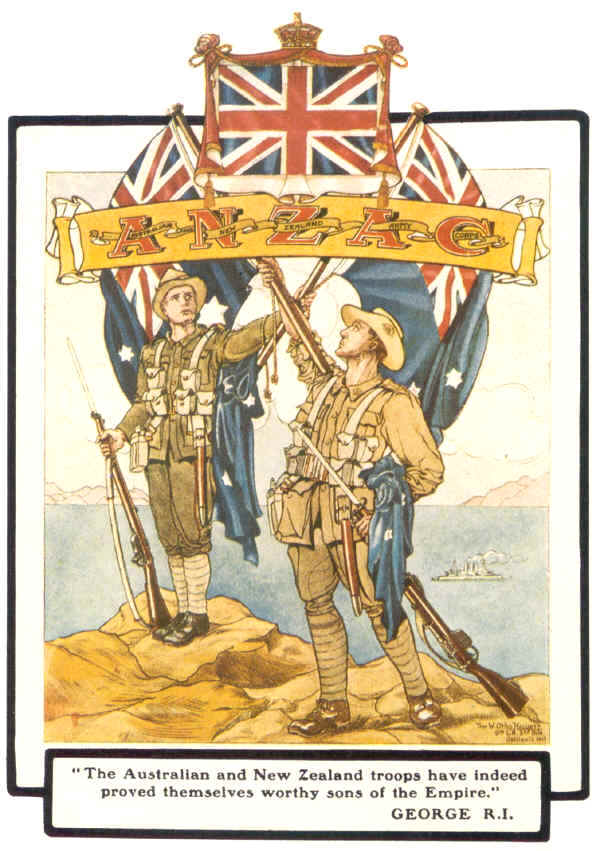
In my next blog about Uncle George I will take a look at what happened to him after leaving Gallipoli.
